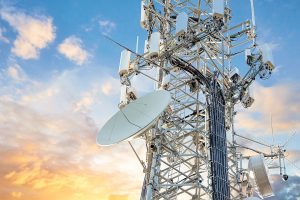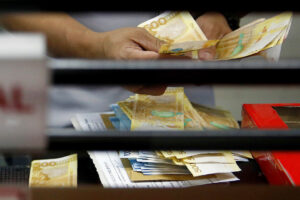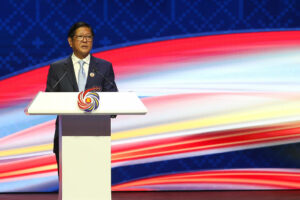By Kenneth Christiane L. Basilio, Reporter
PHILIPPINE IMPORTS are outperforming exports after it signed a number of free trade agreements (FTAs), the Department of Economy, Planning, and Development (DEPDev) told the House of Representatives.
Richard Emerson D. Ballester, an assistant director with DEPDev’s Trade, Services and Industry office, said the Philippines is struggling to maximize its trade agreements as reflected in the low utilization rates for exports eligible for concessional trade terms.
As such, imports are likely benefitting more from improved market access than Philippine exports, he said.
“We want to increase our market access but the utilization is still low,” he said at a House of Representatives hearing.
In 2024, only 5% of Philippine exports benefited from the trade deal with Japan, compared to the 12.2% of Japanese goods entering the country, according to Mr. Ballester. Exports from the Philippines to the European Free Trade Association, bloc consisting of Iceland, Liechtenstein, Norway, and Switzerland, were similarly lopsided, with only 0.0005% utilization for Philippine products compared with 32.5% for goods going the other way.
Regional trade engagements also lagged, with 53.4% of imports benefitting from the ASEAN Trade in Goods Agreement compared with just 3.15% of exports. Under the ASEAN-Korea free trade agreement, import utilization was 10.51%, while exports accounted for only 0.29%.
The utilization rate for imports under the ASEAN-India Trade in Goods Agreement was 33.7% for imports and 0.17% for Philippine exports.
Around 47.21% of imports availed of benefits under the ASEAN-Australian-New Zealand FTA, with the corresponding rate at 0.21% for exports.
Under the ASEAN-Japan Comprehensive Economic Partnership Agreement, around 0.66% of imports enjoyed preferential access compared to 0.06% of exports.
Trade utilization data with the Philippines’ other trading partners were not available, Mr. Ballester said.
Also on Wednesday, a Trade official said the Department of Trade and Industry (DTI) received clearance to sign the free trade agreement with the United Arab Emirates (UAE) after the conclusion of negotiations.
“We are just waiting from the UAE side for this to be signed and then this will go into ratification,” Marie Sherylyn D. Aquia, a DTI director for international trade relations, said at the same hearing.
The UAE is the Philippines’ 18th largest trading partner and is its top export market in the Gulf Cooperation Council. The top Philippine exports to the UAE include electrical equipment, food products, iron and steel, mineral fuels and machinery.
Both countries began talks for their Comprehensive Economic Partnership Agreement in February 2022. Once signed, it would be the Philippines’ first FTA in the Middle East.


















